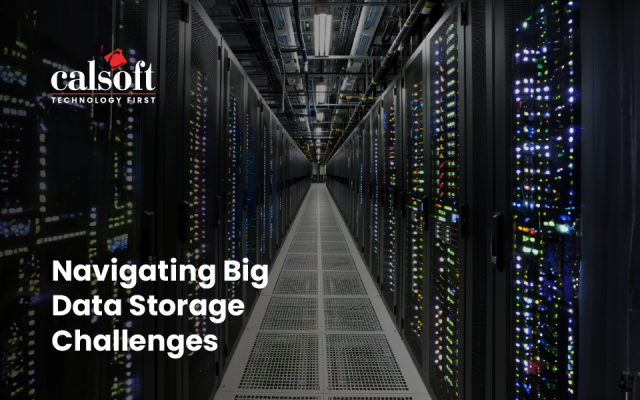This contributed article was originally published by VMblog. We are re-publishing on our blog.
Typically, in large scale data center deployment and management, different components of a data center are managed by different system administrators. To get the provisioning or updating of instructions processed, certain iterations have to be followed by the admins. As data center surged towards cloud-managed, a need for having a single console emerged that would allow all the tasks to be performed within less time duration. For a case of virtualized infrastructure which is mostly used by public cloud or large enterprises to keep up with varying resource demands, a leading software suite – VMware vSphere, is utilized by many enterprises. There are other options available like Microsoft Hyper-V and Citrix XenServer. But we will talk about vCenter which is a key component of vSphere package installed on administrator’s standard central console to manage all virtualized data center operations.
Development of vCenter Plugin for Storage Integration
We often use the term plugin in the IT domain to extend the functionality of existing software ecosystem; be it commercial vendor offering or open source project. All of the vendors or open source communities have guidelines to develop and integrate plugins to native systems. VMware vCenter is used to manage the virtualized data center platform helping automated provisioning, monitoring and managing virtualized resource from the single standalone console.
Let’s talk about provision and management of storage requirements using VMware vCenter.
In the case of storage management, a plugin has to be developed to integrate virtualized data center storage server and vCenter server. vCenter server is basically a component of vSphere package and used in large scale enterprise deployments. vSphere client installed on admin’s laptop connects to a vCenter server for providing instruction to storage or ESXi server in case of VMware enabled data center ecosystem.
The Plugin emulates needs for manual operations required at vCenter and storage end. In case if no plugin is involved, one has to perform manual configuration at both ends for most of the management tasks. A plugin takes few inputs from vCenter web client front end and makes provisioning or configuration on the fly.
Plugin utilizes the REST APIs derived from virtualized storage and SDKs provided by VMware vSphere web client to form a connection between both systems.
A vCenter plugin can be used to perform the following tasks
- Creation and management of Datastore: Plugin can be used to create datastores provided with instructions to create volume and configurations like size, name, redundancy and host to be mapped for datastore. With a plugin, we can access real-time view of statistics and capacity or I/O usage of datastore. vCenter plugin allows to create and configure volumes of arrays and set up size of performance profiles.
- Earlier, an administrator could only take a snapshot of virtual machines while the capability of taking snapshot of datastore was missing. With vCenter plugin, it is possible to take a snapshot of each of the datastore in storage arrays and enable admins to spin up the snapshot based on defined schedules or as needed. Further cloning of datastore can be achieved as well.
- vCenter plugin allows monitoring of storage events using vSphere events and alarms section. Admins can track the capacity usage and sudden issues in storage processes. Based on notifications that appear admin can take actions for issues raised.
- Various metrics can be seen on plugin UI, related to system utilization and performance monitoring. Admins can see live or historical data of utilization of systems CPU, memory and disk utilization in a graphical format.
Development of plugin application involves coding for back-end service layer and front-end UI. Backend code involves the logic of plugin operation and code to utilized REST APIs of vCenter and storage arrays. UI can be developed using Angular JS, HTML5, and JavaScript.
Testing of a developed plugin is a tedious process as it involves testing of functionality on all versions of vCenter servers like 5.5, 6, 6.7 and so on. Each version is either widows based or vCenter Server Appliance(vCSA) based. So, test analysis needs to perform on each of the flavours of version.
Plugin UI also needs to be tested on each of the available web browsers like Mozilla Firefox, Safari, Internet Explorer and Chrome.
After finalizing the plugin, it has to get certified from VMware itself to ensure that the plugin has been developed based on best practices provided in VMware guidelines. Certification is necessary to avoid any calamitous incidents which may harm virtualized storage arrays as well vCenter server.
Summary
vCenter suite by VMware provides a single console for administrating storage arrays and VMware servers. For enterprises, integration of VMware vCenter with storage is the crucial factor while taking storage-related decisions. This integration has a direct impact on performance and efficiency in accessing data from storage volumes and in high demanding era customized plugin can help create an interface for seamless communication with virtualized computing resources. A vCenter plugin developed considering all quality guidelines, best practices and standards can help enterprises to gain a competitive edge in the market.
Meet Calsoft’s team at VMworld 2018 to understand how they helped many storage vendors and enterprises to achieve high throughput by developing vCenter plugins.
[Tweet “A Look at vCenter Integration with Storage Arrays ~ via @CalsoftInc”]






